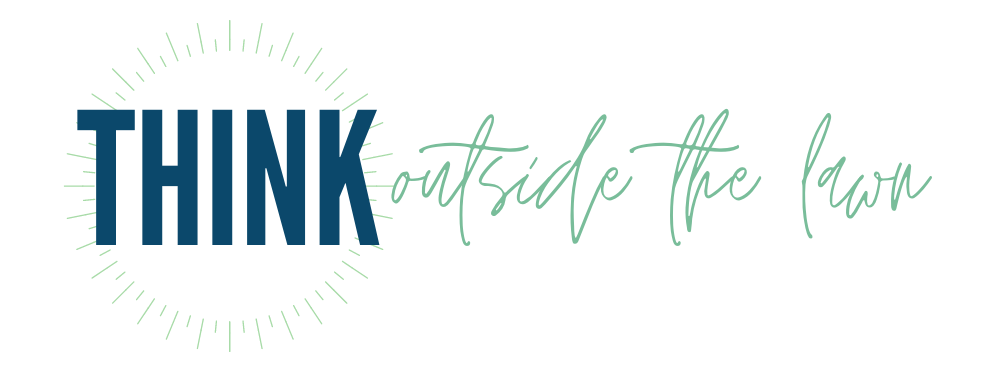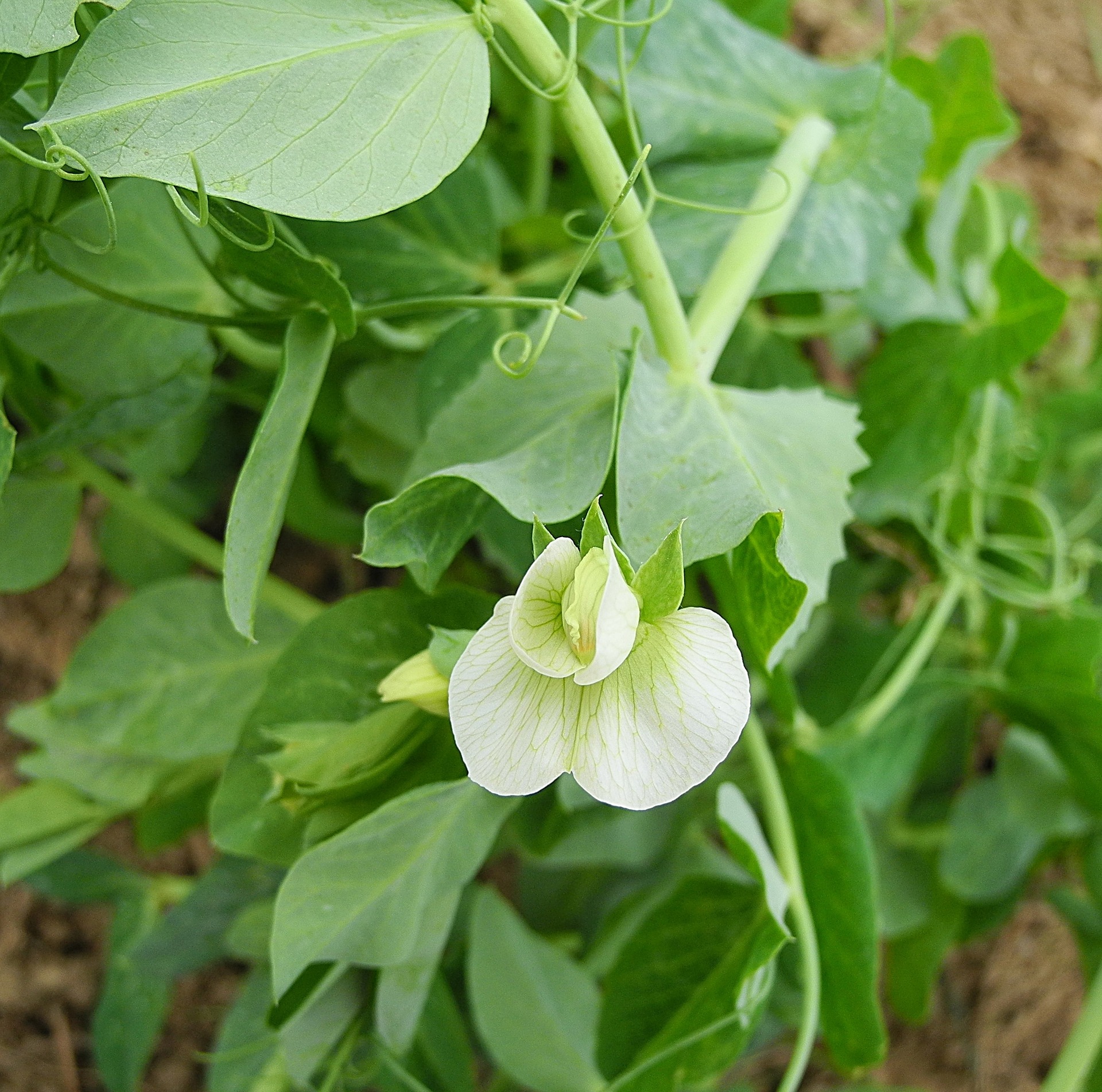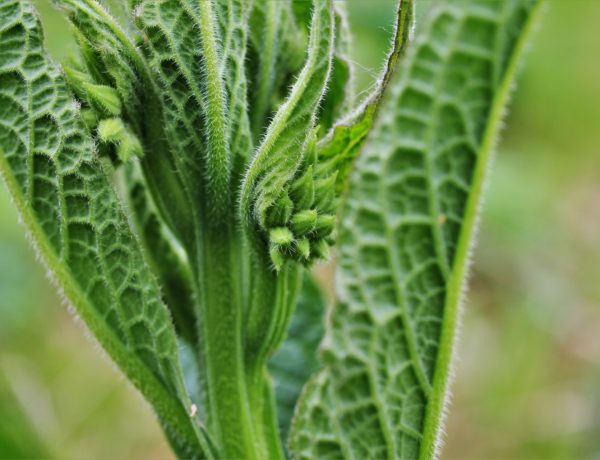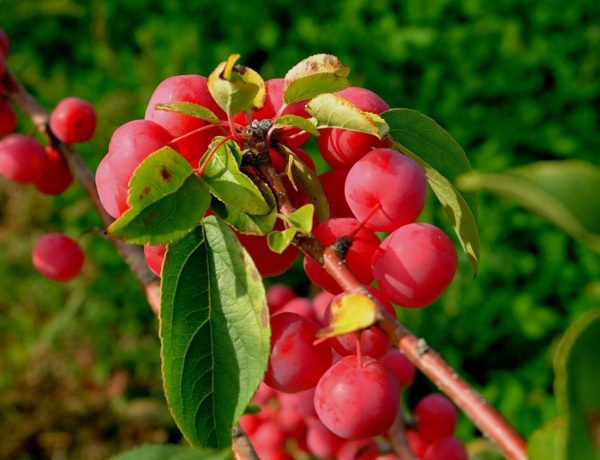What is it
Chop-and-drop mulching is just what it sounds like. When you prune or cut back a plant, you just let your cuttings fall to the ground and leave them there or spread them around. This dropped plant matter will act as mulch.
Why do it
Mulch is important for many reasons.
- Moisture retention — it covers bare soil, helping it retain moisture so that less (or no) watering is needed.
- Feeds soil life — as it breaks down, it feeds soil organisms, which are vital to the health of a plant. They even affect above-plant interactions with pest insects.
- Improves soil texture — mulch decomposes into humus, which improves soil quality and texture.
- Beneficial insect homes — It gives beneficial insects and wildlife a place to live.
- Sequesters carbon –- All plants grow by taking carbon from the air (like that which came out your tailpipe) and converting it into their own growth. When you allow that plant matter to stay on the ground as mulch, that carbon is staying on the ground rather than going back into the air (which is what would happen if you were to burn it).
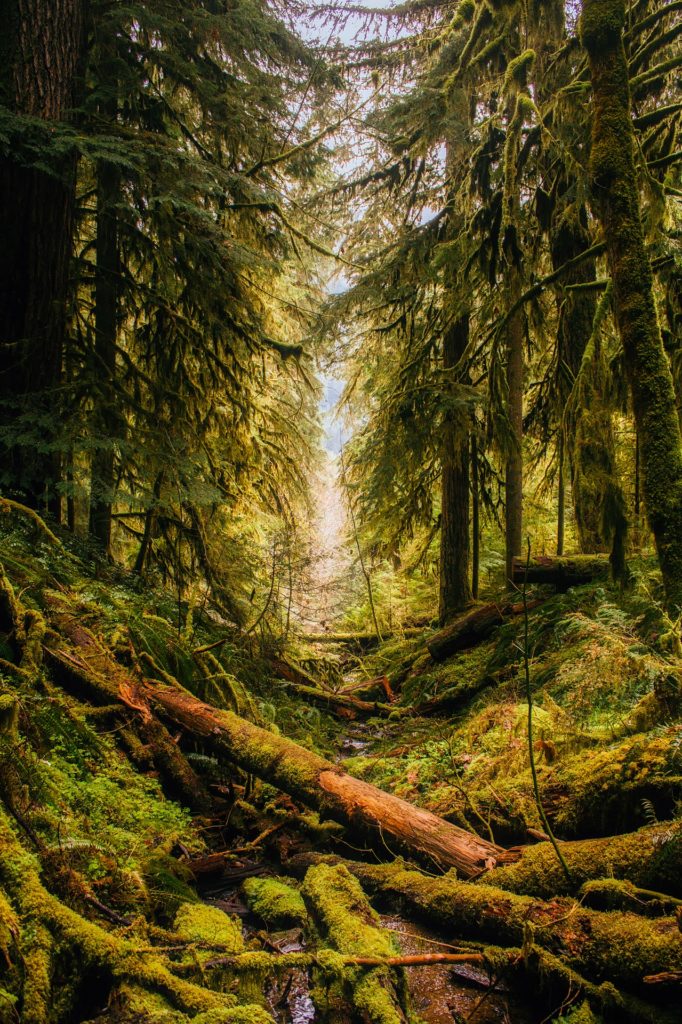
Chop-and-drop mulching does all these things with some added benefits.
- Free –- after the initial cost of plants, if you bought them, these plants will just grow and grow, and continue to create all kinds of biomass at no additional cost to you.
- Easy transport –- fewer back-breaking wheelbarrows full of mulch being hauled to your garden.
- Easy to acquire –- in our area, wood mulch is hard to come by (unless you pay an arm and a leg for it). Chop-and-drop mulch is the easiest mulch to find, no tree trimmers to deal with.
- Less energy needed to process and transport –- chop-and-drop mulch does not need to be processed through a mulcher which saves the energy required to run the mulcher and the human energy required to feed the mulcher. There is no transportation of the mulch, no plastic bags, and no tractors or semis.
- You know it was sustainably grown -– Do you know where your nursery’s mulch came from? Do you know where the bagged mulch came from? Sometimes it’s hard to know. We know our chop-and-drop mulch didn’t come from a flailing forest or a decimated peat bog.
- Adds local nutrients to the soil — Many of these plants have worked hard to pull nutrients from your subsoil up to their plant parts. And when you cut them back and let them fall, those nutrients stay right there, right where the plant intended.
- Plant matter stays intact, which creates better, natural habitat for beneficial arthropods — Some arthropods like voracious ladybugs, will find hollow stems or the undersides of large chunks of plant matter in which to hibernate for the winter. Give them this, and you’ll have something to munch on pests right away in the spring.
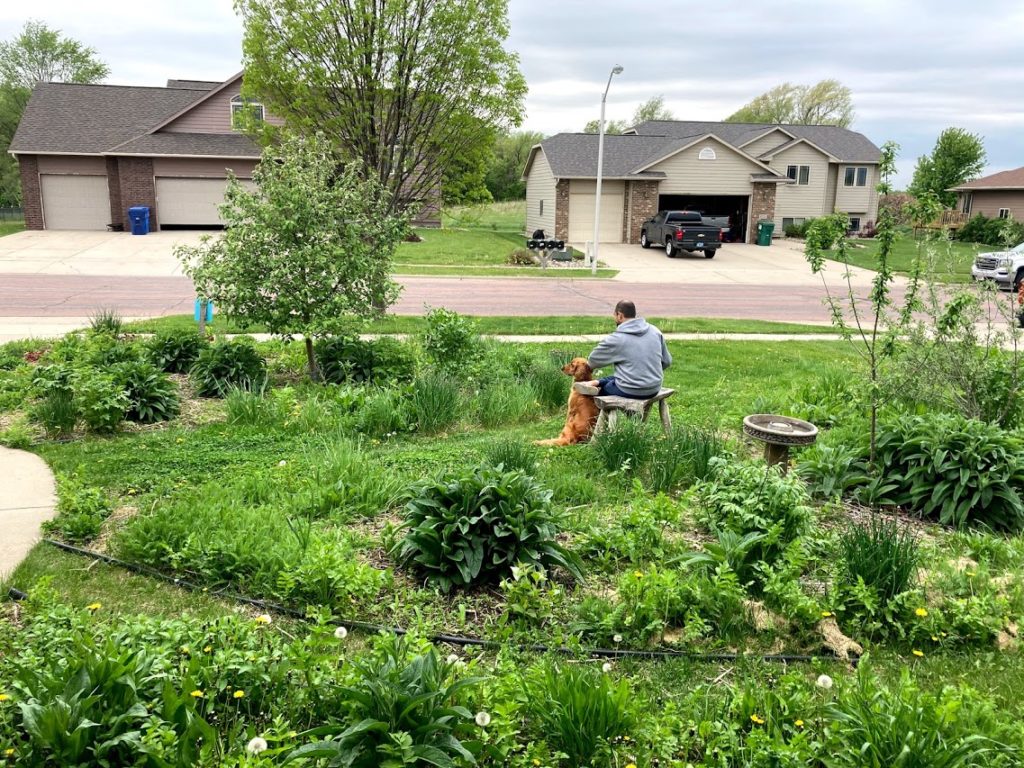
How to do it
If you have annuals or biennials that have reached their lives or perennials that have died back, you will cut them at the base as usual. But instead of hauling all of that plant matter to the compost bin or filling lawn dumpsters with it to have it hauled away (gasp!), you will just let it fall to the ground. It’s really that simple. If you are very concerned about the look of your mulch, you can chop longer plants with clippers. I would recommend not processing through a mulcher, because it’s less natural and ruins some would-be-awesome habitat for beneficial arthropods. If you plant your plants thickly (which is a form of living mulch, suppressing weeds and shading the soil), your mulch will not be seen much anyway.
When you prune your shrubs and trees, that too can go to the ground and just stay there. You can clip unruly branches so there aren’t branches reaching to the sky from the ground. Or not! Your choice. But you do not have to run it through the mulcher; it will decompose just fine. I promise.
One last word
Cut back your dead plant matter in the spring. It’ll serve as visual interest and lots of habitat in the winter. Depending on the thickness of the plants you have, if your garden is like mine, you can just walk through the garden after a majority of the snow has melted and cut most of the plants back with a weed wacker. Chop down the remainders with clippers or loppers, and you are done! Isn’t it awesome when the best way is the easiest way?
